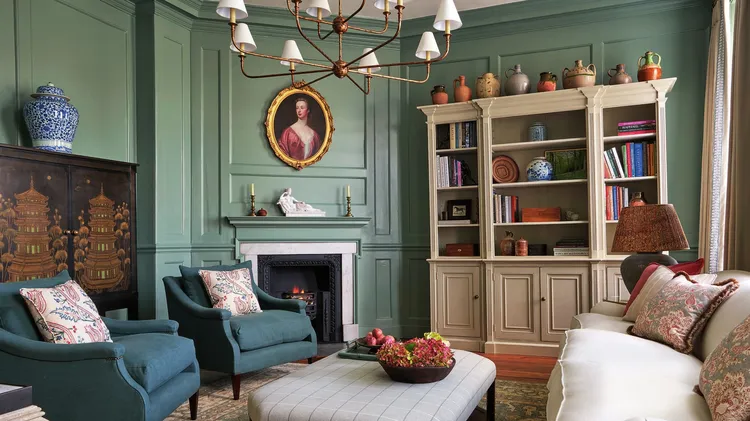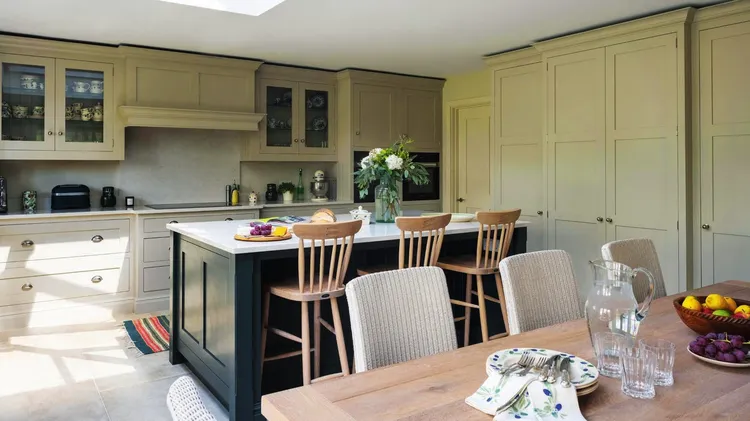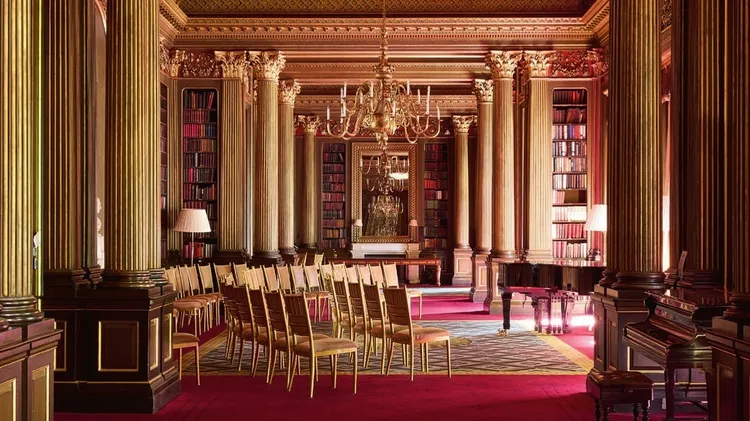Twentieth-century design classics, a muted palette and, of course, beautiful artworks
Retreat
4 min read
This article is from...
Read this article and 8000+ more magazines and newspapers on Readly






